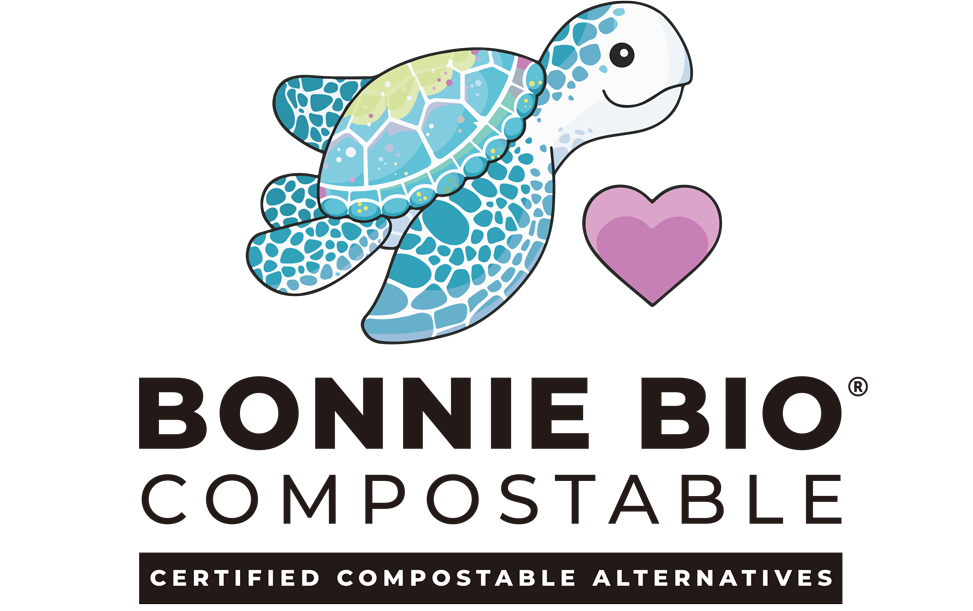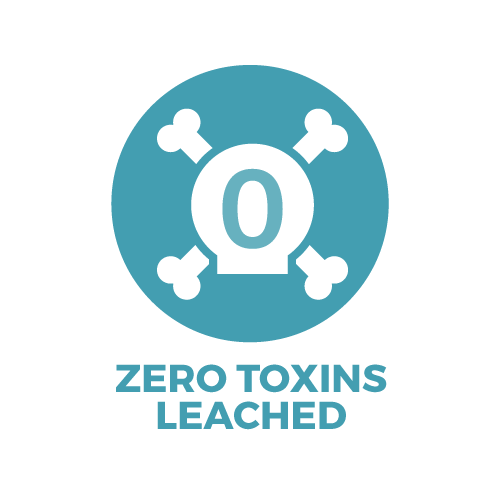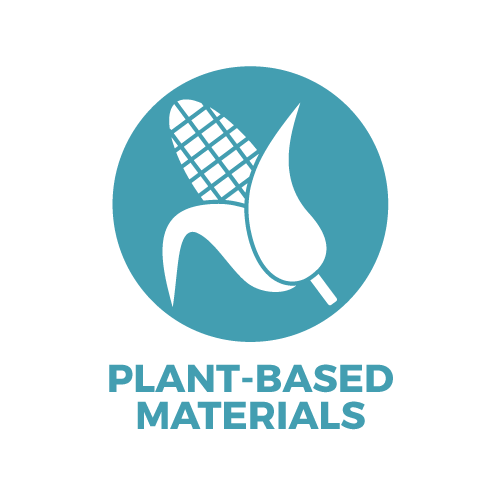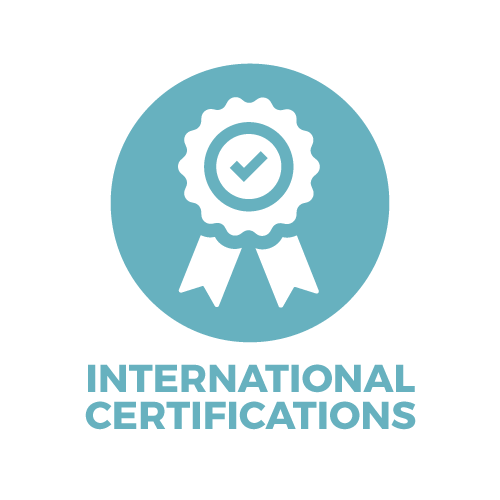It’s undeniable that plastic has improved our lives in many ways, however, it also has had, and continues to have, a profound impact on the environment and health. Plastic and climate change go hand in hand. In 2019, the production and incineration of plastic added an estimated 850 million metric tons of greenhouse gases to the atmosphere, this is roughly what 189 coal power plants would produce, and this annual rate is only projected to grow.
How much waste does plastic create?
At least 8 million tons of plastic waste enter our oceans every year. Reducing our dependence on plastic is imperative.
What is the carbon footprint of a plastic bag?
Plastic starts its life as a fossil fuel, either natural gas or oil. Forests and other natural spaces are often cleared or damaged to extract these resources, which then must be refined. Then, after the plastic has lived its brief life as a straw or single-use bag, it ends up in a rubbish bin, recycling bin, incinerator or somewhere in the ocean.
How do single-use plastics contribute to climate change?
Regardless of where the plastic ends up, single-use plastics contribute greenhouse gases to the atmosphere long after it’s been discarded. Plastic pollution and climate change are closely linked. At the rubbish dump, plastic degrades slowly over a period of 400 to 1,000 years, emitting greenhouse gases and leaching chemicals into the groundwater in the process.
Plastic in the oceans doesn’t just become lunch for confused and hungry turtles, researchers believe microplastics may even be disrupting the ocean’s ability to recapture carbon dioxide.
How can we reduce the amount of single-use plastic we use?
- Avoid single-use plastic such as straws, water bottles, and plastic produce bags. Rather use a reusable shopping bag instead of a plastic one. Bonnie Bio’s Hot Water Soluble Tote Bag dissolves in hot water or decomposes into natural elements without releasing any harmful micro or nano plastics into the environment. Opt for a reusable or paper straw instead of a plastic one. Watch out for hidden plastics like tea bags, chewing gum, wet wipes and takeaway coffee “paper” cups. Takeaway paper cups are often lined with plastic.
- Avoid highly processed foods and begin using homemade recipes. Bonnie Bio’s products are sometimes mistaken for plastic as they look the same and do the same job, however, they are certified compostable and a better option. So, check if the takeaway cutlery says 100% compostable on the cutlery set, or, bring along your own utensils and ditch the plastic guilt.
- Borrow or buy second-hand. It’s not just single-use products that deserve a rethink. When possible, borrow or buy second-hand. If you do need to purchase something new, consider a product’s total cradle-to-grave impact, including how it’s manufactured and shipped, and how long you’ll use it for.
- Choose plastic-free personal care products. Personal care products are a major source of microplastics, which get washed into the oceans straight from our bathrooms. Look for plastic-free face wash, day cream, makeup, deodorant, shampoo and other products.
Bonnie Bio’s product range is made from natural ingredients with no chemical additives to ensure non-toxicity and allow for complete compostability. Take a look here and start making a difference, today.
















